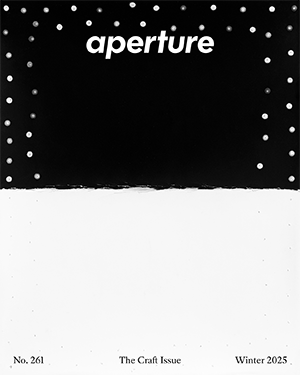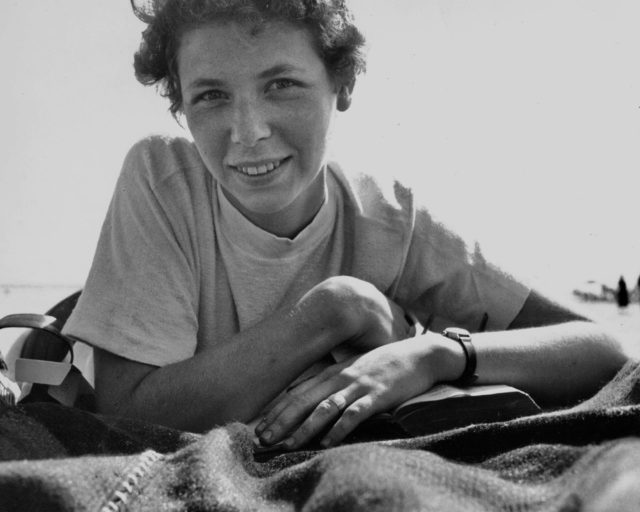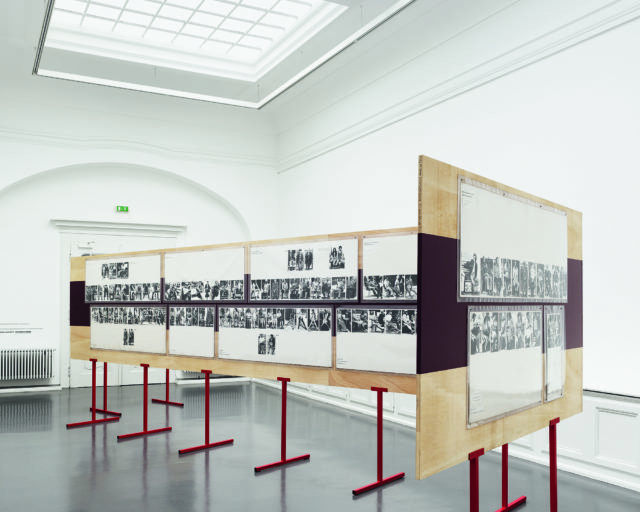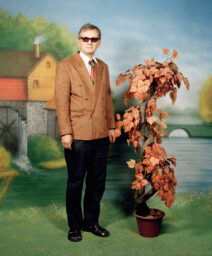Remembering Paul Fusco’s Legendary RFK Funeral Train
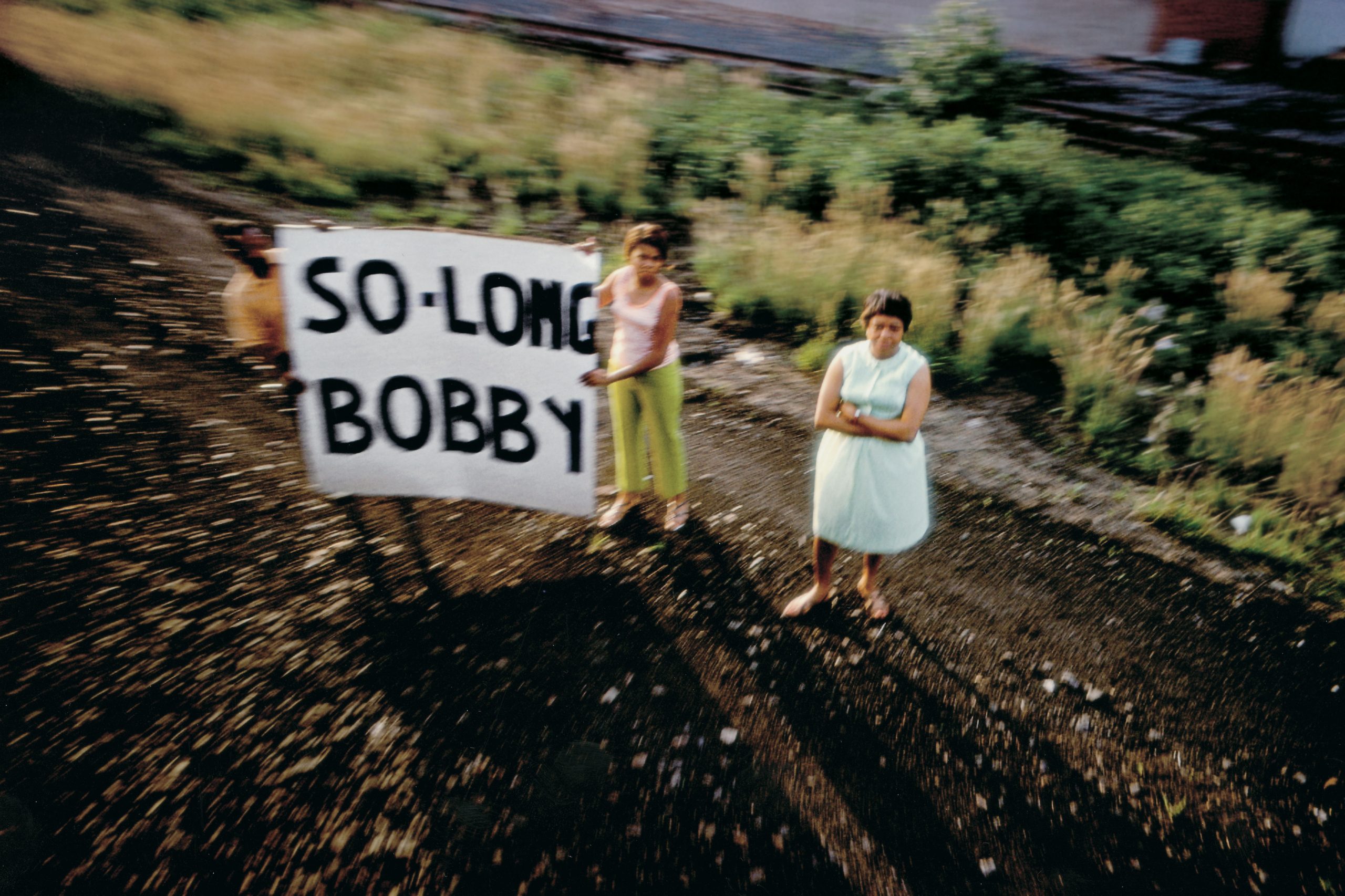
Paul Fusco, Untitled, from the series RFK Funeral Train, 1968
On June 5, 1968, New York Senator Robert F. Kennedy was assassinated while campaigning for the Democratic nomination for president. His death, which occurred only two months after the assassination of Martin Luther King Jr., came as a terrible shock to the already grieving nation.
Three days later, a funeral train carried his coffin from New York to its final resting place at Arlington National Cemetery. Hundreds of thousands of people stood patiently in the searing heat as the train traveled slowly en route to Washington, DC. Paul Fusco, then a staff photographer for LOOK magazine, accompanied the train on its journey. The images he made reveal the respect that the American people—both rich and poor, Black and white—held for RFK, a man who had come to symbolize social justice and hope for a better tomorrow.
Fusco went on to become a member of Magnum Photos in 1974 and held a career that spanned from documenting Cesar Chavez to life in the Chernobyl Exclusion Zone, remaining committed to the principles of civil rights and a more equitable, just society as espoused by RFK and MLK.
Yet for many, Fusco’s RFK Funeral Train remains a touchstone body of work. An incomparable document of gestures of public grief, Fusco’s incredible collection of photographs captures a moment of cultural shift unlike almost any other.
On the occasion of the artist’s passing at the age of ninety, we revisit an essay by Vicki Goldberg from the monograph Paul Fusco: RFK (Aperture, 2008). —The Editors

Paul Fusco, Untitled, from the series RFK Funeral Train, 1968
Late on June 4, 1968, after winning the California primary, RFK delivered a victory speech in the Ambassador Hotel ballroom in Los Angeles. Shortly after midnight, he left through a service area, and as he stopped to shake hands with supporters and the kitchen staff, an unemployed drifter named Sirhan Sirhan shot him three times at close range. Kennedy’s last words as he lay mortally wounded were “Is everybody all right?”
He died not long after. The body was flown to New York, where the casket remained in St. Patrick’s for two nights and a day. The line of people waiting outside the cathedral to pay their respects stretched for twenty-five blocks in wilting heat. After the funeral on June 8, a train carried Bobby’s coffin to Washington. Paul Fusco, then a photographer for LOOK magazine and now a Magnum photographer, photographed the mourners outside and inside the cathedral, rode that train, and photographed the grieving crowds—some estimates say as many as a million people lined the route—who stood for hours to pay their last respects to a man who had reached the hearts of a vast public as few politicians had before and none so widely since.
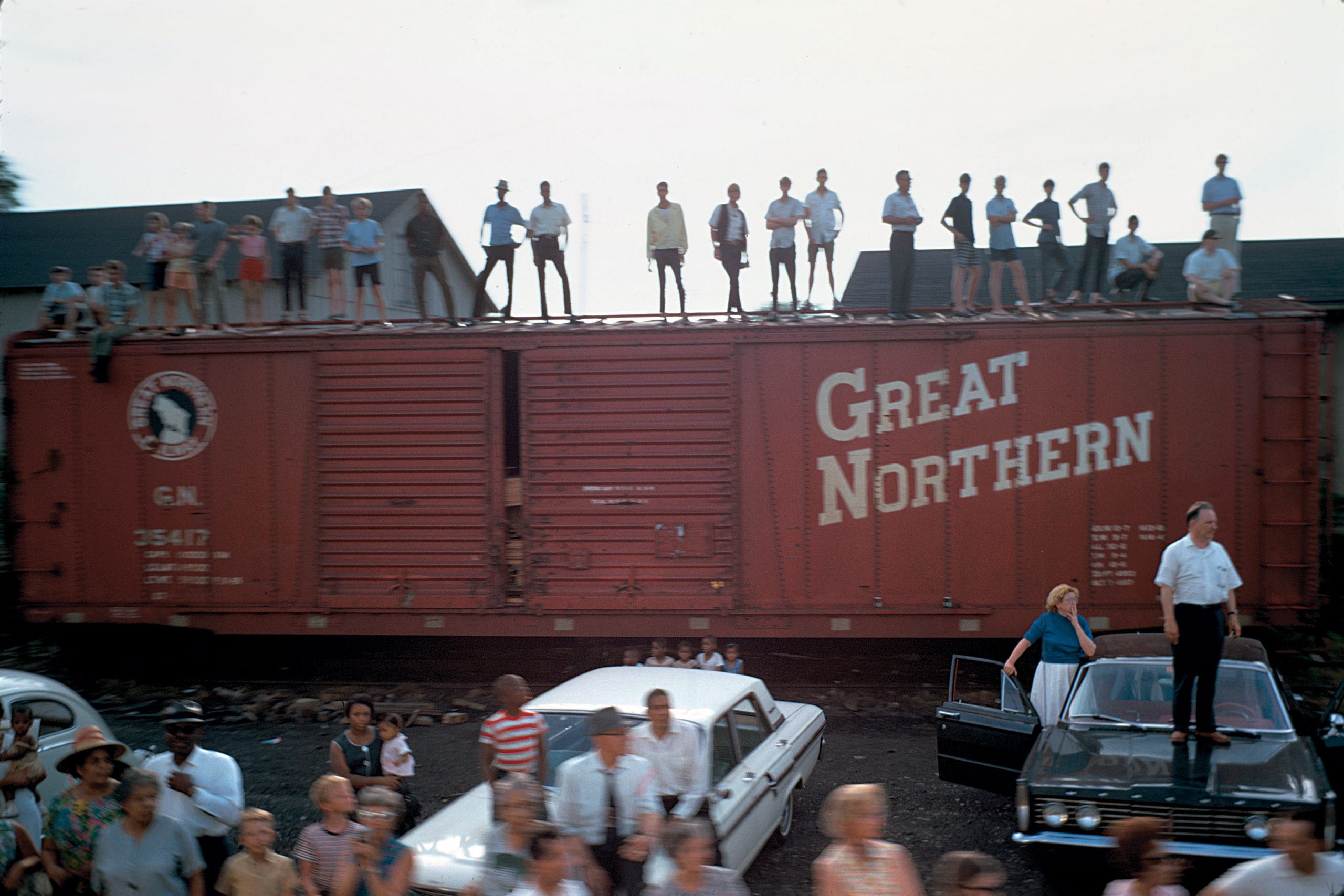
Paul Fusco, Untitled, from the series RFK Funeral Train, 1968
The journey through this book, which now includes St. Patrick’s Cathedral and Arlington National Cemetery, is accompanied by more echoes and meanings than most photographs can support. The most obvious one is the enormous loss of a man of intelligence and compassion who had the power to inspire others—a man who might have been president. (Much has been written about how this country might have been different had RFK lived.) The horror of a second young Kennedy cut down by gunfire ran through the event, a sense that the curse of the House of Atreus had been revived in America. Martin Luther King Jr. had been murdered a mere sixty-three days earlier; the accumulated assassinations of three outstanding leaders had plunged the nation’s mind yet again into the morbid record of the country’s violent history. Bobby’s death created one more nationwide display of fierce tragedy and bloodshed to add to the copious stream of such news. Less than a year later, President Richard Nixon organized an attack on the media and the news itself, that bearer of bad tidings—an attack that hit a responsive chord in the populace and still resonates today.
In Fusco’s photographs, sorrow broods over St. Patrick’s Cathedral as people soberly and patiently wait in aisles marked out by police tape. Some women cannot keep themselves from crying. Then there are the people along the way, so representative of the citizenry, so intent on honoring the dead in the traditional way by coming into his presence to pay respects, and so silently. Their numbers and races, their assorted classes and unanimous allegiance to the ritual remind us that we are one nation and that we share a sense that we must personally honor those we cared about with our presence. Some women came in curlers, some in hats and heels, nuns in their habits. Men wore shorts, T-shirts, undershirts, or ties. A few even wore suits. Uniformed men stood in line and presented rifles or saluted smartly. Some men in casual clothes saluted too, and some women placed a hand over the heart as if pledging allegiance. Young boys came bare-chested; girls wore bathing suits, shorts, or school uniforms. Women carried babies. Many people raised an arm with the palm toward the train, a combined greeting and civilian salute. One woman knelt on the ground to pray.

Paul Fusco, Untitled, from the series RFK Funeral Train, 1968
They gathered anywhere they could get a view of the train: station platforms, tracks, back steps of tenements, rooftops, bridges, baseball fields, small boats in the sea, cemeteries. They peered from passing trains. They stood atop cars, atop boats hitched to cars, on the back of pickup trucks, on fence posts. They stood on distant ridges or clambered to the roof of a parked train car, where the sunlight ate away at heads and bodies until they looked like sculptures by Giacometti. Most touching of all were single figures, one holding a baby, standing alone in a wide green field to watch. Some held up flags, or pictures of Bobby, or signs that said “God Bless the Kennedys,” “God Bless Bobby,” “We Will Miss You,” “Who Will Be the Next One?” “Pray For Us Bobby,” and “We Have Lost Our Last Hope.”
Fusco’s simple, direct, snapshot-like pictures make the book all the more heartrending and all the more convincing: this is the way it was, a tale too powerful to need embellishment or flourish. The immediacy and casualness, the blur of some figures and the indistinctness of others in the distance or darkness presage the ever rougher, caught-on-the-fly images to which we are rapidly becoming accustomed now that cameras in ubiquitous cell phones report news events.
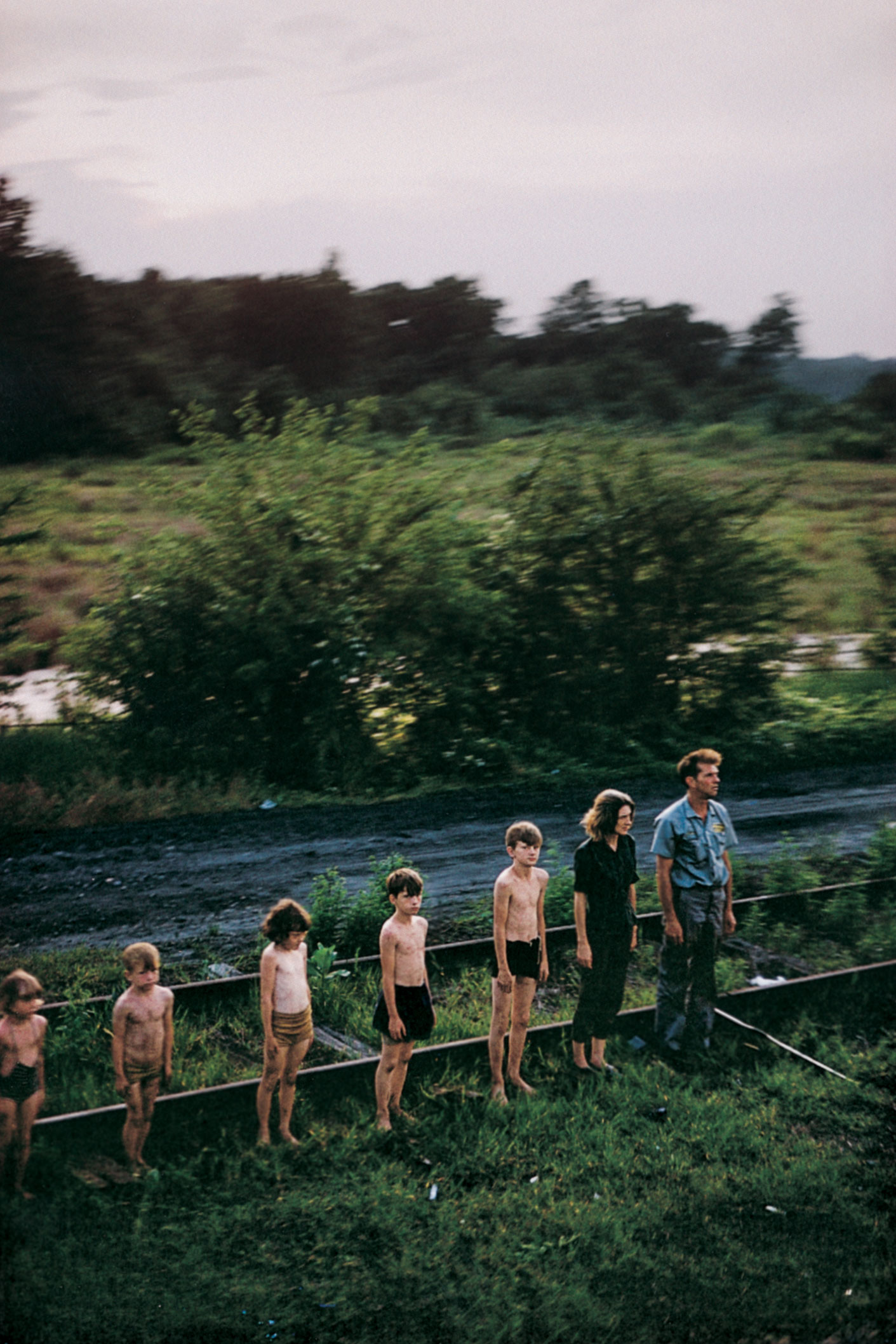
Paul Fusco, Untitled, from the series RFK Funeral Train, 1968
Ineluctably tied to the progress of time, the images of the train’s passage coalesce into a literally moving hybrid that lies halfway between still and motion pictures. The journey rolls along the tracks as the reader turns the pages, almost as if it were recorded in frames cut from a video and pasted into an album. Trains changed the visual experience of travel long ago, abruptly snatching away the passing scene, glimpses of people and places sliding past the window so quickly they are either tantalizing or forgettable, at least until the train pulls into a station. The RFK train moved slowly; it took eight hours rather than the usual four to go from New York to Washington, partly because two people had been killed on the tracks in New Jersey when they failed to notice that an express train was coming around a curve in the opposite direction. The funeral train moved on, and a number of Fusco’s pictures are so blurred that the sense of motion stays at the forefront of consciousness.
Because the train took so long, the interment took place at night; what was a metaphorical time of darkness merged with reality, groups of mourners dressed in black—the family, President Lyndon B. and Mrs. Johnson—moving through the darkness to the grave.
Numerous bystanders along the railroad route had brought their own cameras to record the train; at least once, a man turned his camera on the people lined up beside him. Cameras were, of course, the way to memorialize and keep the event, but as Fusco’s camera watches the people watching, there runs beneath the grief and ritual farewell a quiet reminder of those intertwined phenomena of spectator culture and image culture.
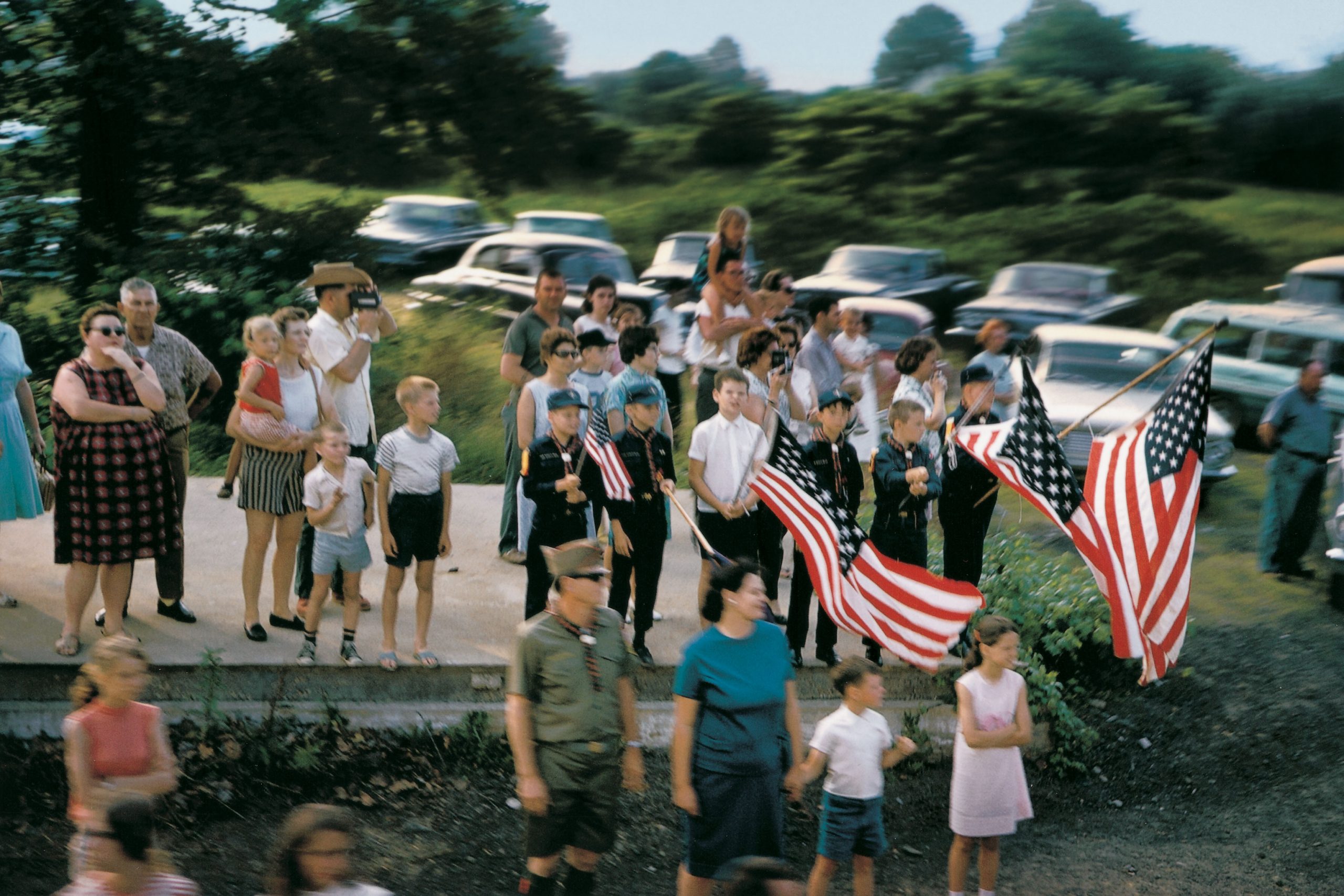
Paul Fusco, Untitled, from the series RFK Funeral Train, 1968
Kennedy’s killing itself was not televised, but the subsequent events associated with his funeral and interment were. The mind, however, can only preserve bits and pieces and impressions from television, an essentially disposable medium. No one who watched the televised days of President John F. Kennedy’s funeral will ever forget it, yet the singular images—the dignified widow, the little boy saluting his father, Jack Ruby shooting Lee Harvey Oswald—have been most indelibly imprinted on memory by still photographs, which also create memories for those too young to have been there. Fusco’s photographs bring us back to a tragedy that left many thousands as stricken as if a parent had been murdered. His images put us next to the mourner and the mourning and quietly detail how people deep in shock and sorrow took refuge in the rituals that have been devised to reassert community and continuity after a leader’s death.
In the Renaissance and after, a king’s (and often a noble’s) death was memorialized with great pomp: an elaborate procession with ornate decorations and the participation of great numbers of soldiers and courtiers, panoply that could only be observed by an audience on the scene, and later at one remove in engravings. Such funerals followed conventional and prescribed rituals that emphasized not merely the greatness of the dead but also the permanence of leadership: it was loudly proclaimed that “the king is dead, long live the king.”

Paul Fusco, Untitled, from the series RFK Funeral Train, 1968
This impulse continues, though the trappings have changed somewhat over time (and in democracies). The coffins of leaders and celebrities, lying in state or simply in a church or a funeral home, are the focus of communal grief and the need to honor someone great and beloved. (When Rudolph Valentino died in 1926, more than one hundred thousand fans filed past his coffin in the funeral home.) The invention of the railroad made such attendance possible across great distances: Lincoln’s funeral train, which took him from Washington to Springfield, Illinois, 103 years before RFK’s body made its briefer journey, attracted crowds at every stop. (When Bobby Kennedy’s train arrived in Baltimore, the waiting throng joined hands and sang “The Battle Hymn of the Republic,” just as the waiting mourners had for Lincoln.) President William McKinley’s funeral train drew crowds, too, after he was assassinated in 1901 and his body taken home to Ohio; so did the train that took Franklin Roosevelt home to New York after he died of natural causes in 1945.
Photography, like the railroad, extended the reach of funeral observances. Television took this around the globe; millions in twenty-three countries watched President Kennedy’s funeral when international broadcasts were only a few years old. In America, that weekend-long ceremony was watched by at least 166 million citizens. People who lived on opposite coasts were seeing and thus, in a way, present at the funeral at the same time, apart but together, sharing feelings of shock and grief in an electronic unification of the country.
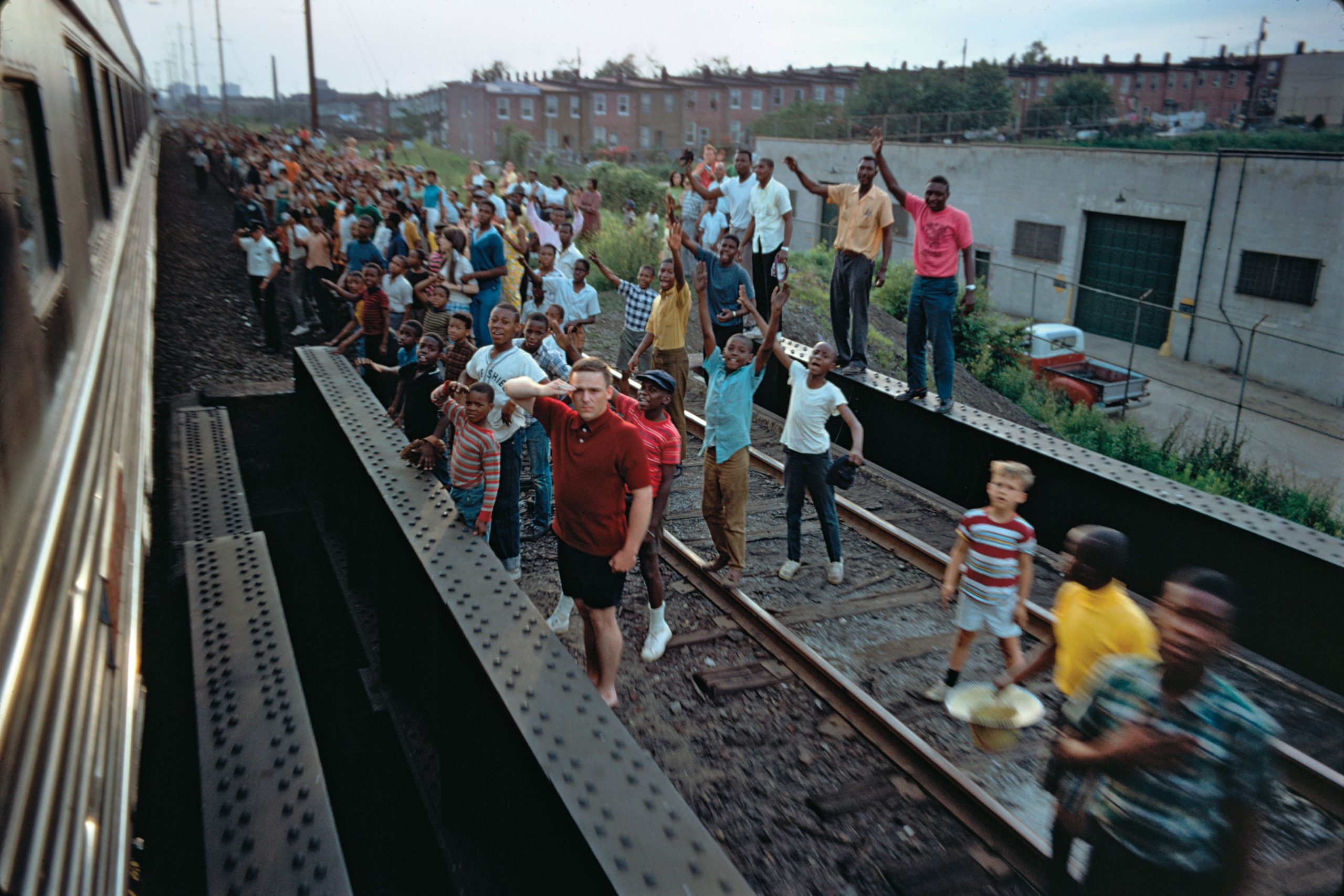
Paul Fusco, Untitled, from the series RFK Funeral Train, 1968
Martin Luther King Jr.’s death and funeral were similarly widely televised, but for many whites, the riots and fires that broke out almost immediately in Black communities stirred such fear that they took up a comparable, perhaps a greater, place in memory than the obsequies. Bobby Kennedy’s funeral was also fully covered by the media. Once again, the still images are more accessible and more likely to imprint on the mind than those in the transient flow of television, certainly on the minds of those too young to have witnessed the coverage. The impact was not quite like the impact of his brother’s funeral. A fallen president has an immediate successor, so the nation goes on; a fallen presidential candidate does not—another candidate steps in, but this fact means little to the continuity of anything but a campaign. If JFK’s death and funeral united the country even momentarily (at least before the conspiracy theories got loose), MLK’s and RFK’s assassinations ruptured the national fabric.
An idea of America seemed to die with them. Though many new liberties, rights, and valuable social changes came out of the tumult of the sixties, those years were marked by protest and horror. The Vietnam War underlay it all. There were massive protest marches in the streets, and citizens were gassed by the police and jailed. The war’s wounded had begun to turn up in American hospitals and on some streets, making visible the mounting statistics of the dead and injured. At the end of January 1968, the North Vietnamese launched the Tet invasion, entering Saigon, the supposedly secure capital of South Korea, and even occupying the American embassy there for a short while. Just months before, the administration and the military had repeatedly told Americans that we were winning the war. The Tet Offensive was a double blow: we were not only losing but had also been lied to by the people we ought to trust most. Opinion swung to the side of the antiwar movement and against President Johnson.
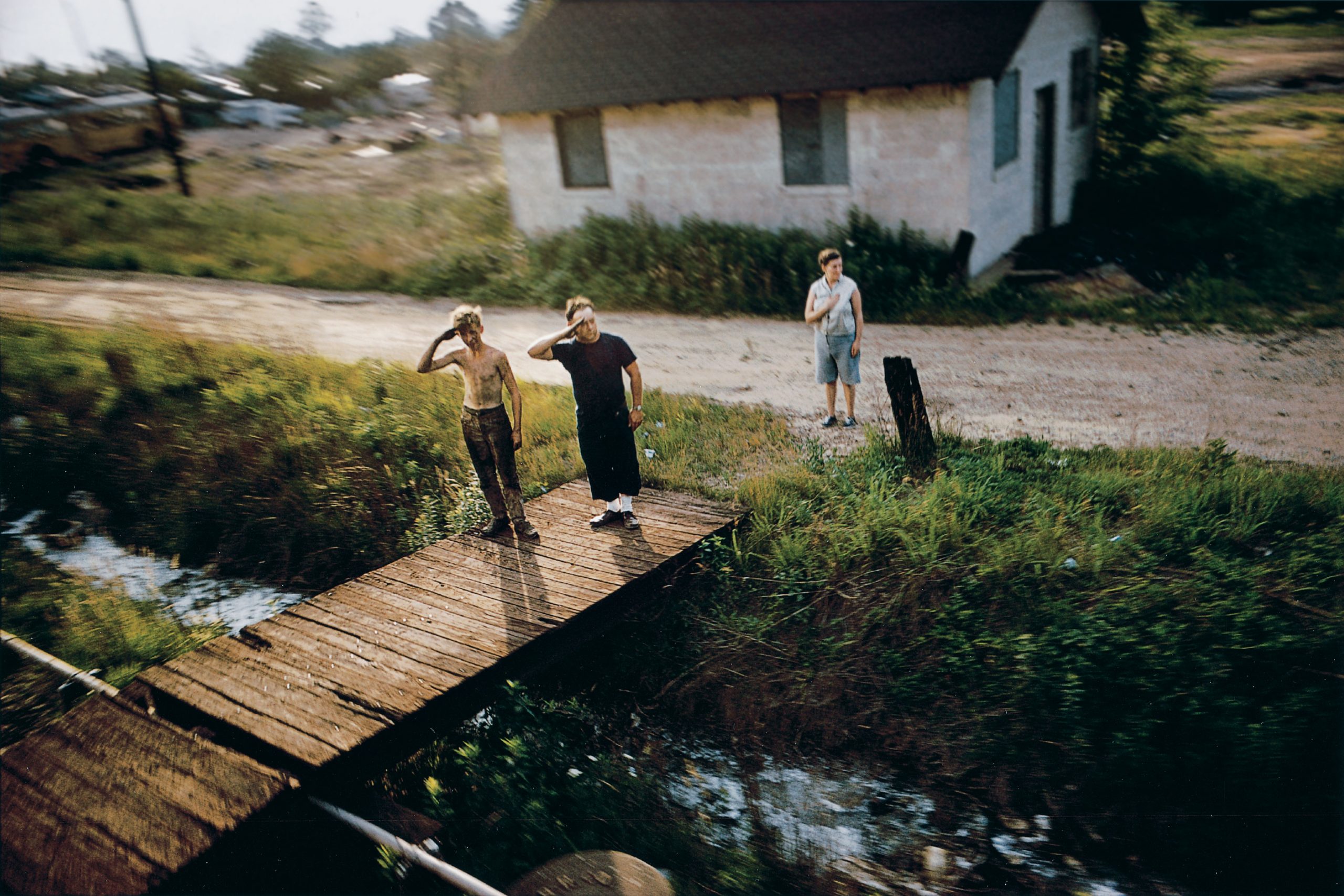
Paul Fusco, Untitled, from the series RFK Funeral Train, 1968
While the war raged, other national disasters played out on American streets. Civil rights volunteers in the South were brutally murdered; the National Guard kept Black students from entering schools in several states and eventually were required to protect those doing so; dogs and fire hoses were turned on Black adults and children; riots broke out in cities in the North; a president was assassinated; and an apostle of nonviolence was murdered, unleashing the fury of African Americans who saw nothing but oppression and death in their future. For millions, Bobby Kennedy’s murder was, in effect, the final blow; few could believe any more that ideals could be turned into reality. Some say it spelled the end of liberalism as a potent force. Jack Newfield, who knew RFK well, later wrote about his anguish at the funeral:
Now I realized what makes our generation unique, what defines us apart from those who came before the hopeful winter of 1961, and those who came after the murderous spring of 1968. We are the first generation that learned from experience, in our innocent twenties, that things were not really getting better, that we shall not overcome. We felt, by the time we reached thirty, that we had already glimpsed the most compassionate leaders our nation could produce, and they had all been assassinated. And from this time forward, things would get worse: our best political leaders were part of memory now, not hope.
Newfield thought the disillusion was thorough and lasting, noting that fewer and fewer Americans have voted in presidential elections since 1968.
The murder of Bobby Kennedy killed more than the man alone; it extinguished a spark, a promise, and a sense of hope that America has been struggling to recover ever since. Forty years later, the manifold echoes of that assassination seem to sound through Fusco’s photographs, which once were news—and stirring evidence of an incalculable sorrow.
This essay was first published in Paul Fusco: RFK (Aperture, 2008). All images courtesy the artist/Magnum Photos.
